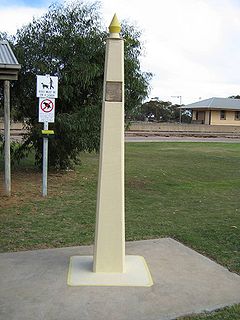 W
WThe National Museum of Brazil collections include an exhibition of meteorites discovered in Brazil and other countries.
 W
WThe Cranbourne meteorite is an octahedrite iron meteorite. It is the second largest meteorite found in Australia after the Mundrabilla meteorite, but at the time of discovery it was the largest known iron meteorite in the world. It is classified as a main group IAB meteorite.
 W
WDingle Dell is a 1.15 kg ordinary chondrite of subclass L/LL5, and the fourth meteorite to be recovered by the Desert Fireball Network camera observatory. It fell in the Morawa region of Western Australia on 31 October 2016 8:05 pm local time, and was recovered less than a week later, on the morning of 7 November, in a paddock at Dingle Dell farm. Given the rapid turnaround for meteorite recovery and a lack of rainfall between fall date and find date, the rock is in pristine condition and shows no evidence of terrestrial weathering (W0). This particular meteorite fall demonstrates the proficiency of the DFN as a sample recovery tool for meteoritics.
 W
WHuckitta is a pallasite meteorite recovered in 1937 from Huckitta Cattle Station in the Northern Territory of Australia.
 W
WThe Karoonda meteorite fell to earth on 25 November 1930 at 10:53 pm near the South Australian town of Karoonda.
 W
WMillbillillie meteorite is a meteorite named after the cattle station in Western Australia on which it fell in October 1960. It is classified as a eucrite achondrite, a kind of stony meteorite.
 W
WThe Mundrabilla meteorite is an iron meteorite found in 1911 in Australia, one of the largest meteorites found, with a total known weight of 22 tonnes and the main mass accounting for 12.4 tonnes.
 W
WThe Murchison meteorite is a meteorite that fell in Australia in 1969 near Murchison, Victoria. It belongs to a group of meteorites rich in organic compounds. Due to its mass and the fact that it was an observed fall, the Murchison meteorite is one of the most studied of all meteorites.
 W
WMurrilli (Moo-da-lee) is an ordinary chondrite of subclass type H5. It is the third meteorite to be recovered using the Australia Desert Fireball Network (DFN) camera observatory. It was observed to fall on 27 November 2015 at 9:15pm local time in South Australia, and recovered by the DFN team on 31 December 2015 from Lake Eyre. As this region is a salt lake, the 1.68 kg rock punched a hole through the ground and was found 0.43 m below the surface. It was recovered 218m from the predicted fall line location.
 W
WTenham meteorites are the fragments of a larger meteorite that fell in 1879 in a remote area of Australia near the Tenham station, South Gregory, in western Queensland. Although the fall was seen by a number of people, its exact date has not been established. Bright meteors were seen to be moving roughly from west to east. Stones were subsequently recovered from over a large area, about 20 kilometres (12 mi) long by 5 kilometres (3.1 mi) wide.